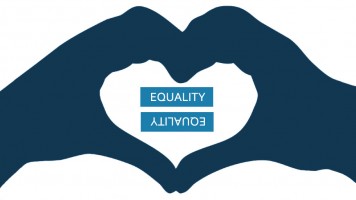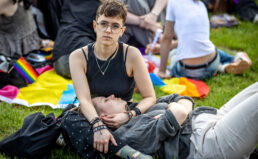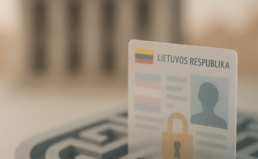There is a growing trend in Europe and beyond towards granting same-sex couples legal recognition for their relationships, which confers certain specific protections. The first country to provide “registered partnerships” was Denmark in 1989, while The Netherlands was first to adopt same-sex marriage in 2001. Today, 47 countries in the world, 27 of which are in the Council of Europe, provide some form of legal recognition for same-sex couples.
Emotions often run high around this issue. In 2015, joyful crowds waved rainbow flags at Dublin Castle in Ireland to celebrate the dramatic victory of the yes-vote for same-sex marriage. Before that, in 2013, demonstrations and counter-demonstrations polarised French society during parliamentary debates on same-sex marriage.
The strongest disagreements seem to crystallise around the notion of “marriage,” but the arguments around the recognition of same-sex couples often reveal deeply rooted homophobia and discrimination against lesbians and gay people. Many Council of Europe member states still do not provide any form of legal recognition for same-sex couples at all – with significant negative consequences for the persons concerned and their loved ones.
Providing access to legal recognition to same-sex couples boils down to a simple concept: equality before the law. Civil marriage, civil unions, or registered partnerships represent benefits, rights and obligations that the state grants to a couple in a stable relationship. There is a growing consensus that a government may not discriminate against same-sex couples and exclude them from the protections attendant to a formally-recognised different-sex union.
Read the rest of the article on Council of Europe webpage.




